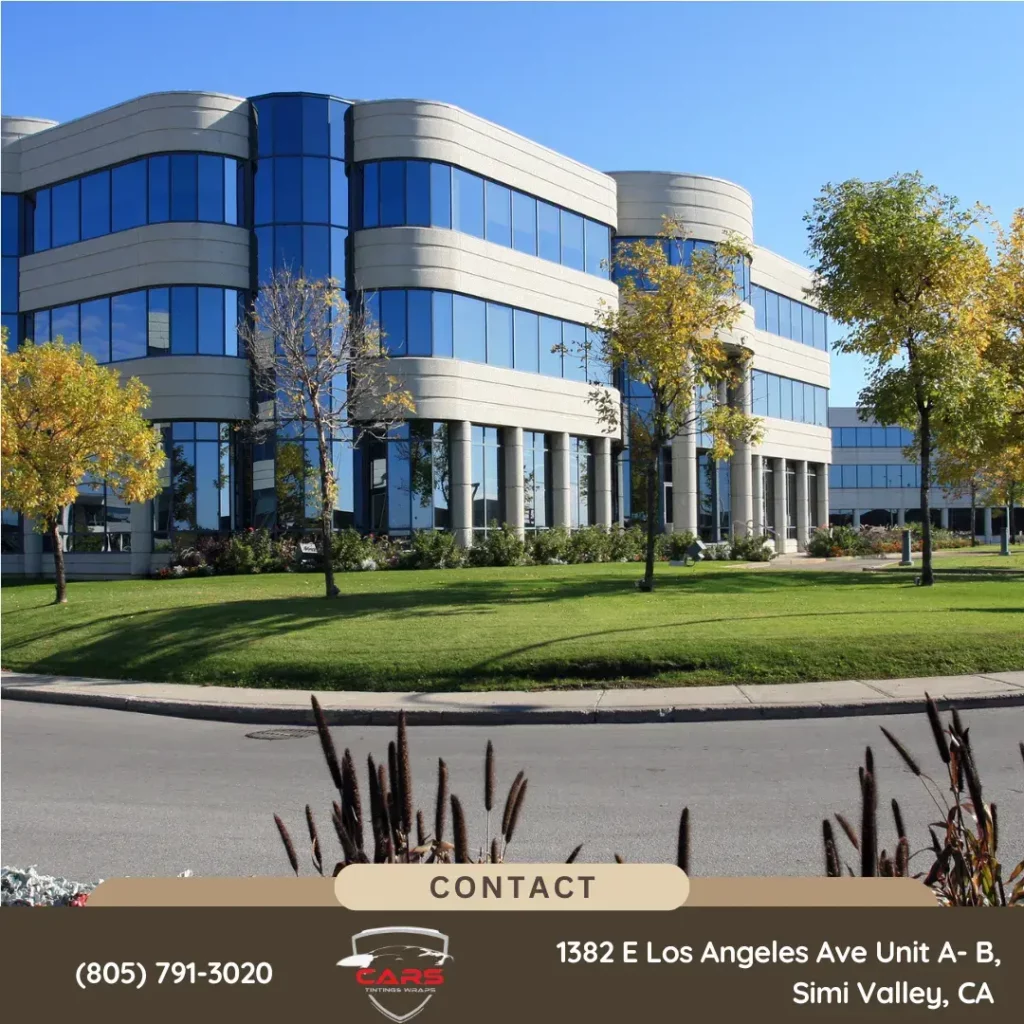
Commercial tinting is integral to boosting energy efficiency in buildings by mitigating solar heat gain and reducing dependence on HVAC systems. It achieves this through advanced films that reflect and absorb UV and IR radiation, thereby maintaining a consistent indoor temperature. High-performance solutions such as Low-E coatings and high solar reflectance films minimize thermal transfer and reject up to 80% of solar heat, preserving internal energy. Additionally, they filter out harmful UV rays, extending the lifespan of interior furnishings. For businesses aiming to optimize energy use and align with sustainability goals, understanding the nuances of commercial tinting technology is essential.
Benefits of Commercial Tinting
One of the most vital benefits of commercial tinting is its significant impact on energy efficiency. By reducing solar heat gain, window films mitigate the need for extensive air conditioning, leading to notable energy savings. The technical mechanism involves the reflection and absorption of ultraviolet (UV) and infrared (IR) radiation, which translates to decreased load on HVAC systems. This not only conserves energy but also extends the lifespan of heating and cooling equipment.
Furthermore, commercial tinting contributes to a more consistent indoor temperature, enhancing occupant comfort and productivity. This is particularly valuable in climates with extreme temperatures, where maintaining thermal balance is essential.
The tinting films act as an insulative barrier, preserving internal energy and preventing heat loss during colder months.
In addition to thermal benefits, commercial tinting can filter out up to 99% of harmful UV rays, safeguarding interior furnishings from fading and deterioration. This preservation of asset longevity is a key consideration for businesses aiming to protect their investments.
Ultimately, businesses that adopt commercial tinting solutions align themselves with sustainability goals, reducing their carbon footprint and fostering a more environmentally responsible image. The integration of such technology is not merely an operational enhancement but a strategic move towards sustainable business practices.
Selecting the Right Tinting Solutions
Selecting the suitable tinting solutions for commercial properties necessitates a thorough assessment of several essential factors. Key factors to ponder include the building’s orientation, local climate conditions, and specific energy efficiency goals. High-performance window films, like Low-E (low emissivity) coatings, are particularly effective in reducing thermal transfer, thereby minimizing HVAC load. This results in significant energy savings and improved occupant comfort.
Solar reflectance and visible light transmittance are vital metrics in evaluating tinting options. Films with high solar reflectance can reject up to 80% of solar heat, while those with ideal visible light transmittance maintain natural daylighting, reducing the reliance on artificial lighting. Additionally, UV protection is necessary to prevent interior fading and enhance the longevity of furnishings and equipment.
It is also important to take into account the film’s durability and warranty. Commercial-grade films often come with extended warranties, ensuring long-term performance and return on investment. Professional installation by certified technicians guarantees compliance with safety standards and maximizes the effectiveness of the tinting solution.
Commercial tinting greatly improves energy efficiency in buildings by reducing solar heat gain, thereby lowering cooling costs. A noteworthy statistic illustrates that windows treated with low-emissivity (Low-E) films can decrease energy consumption by up to 30%, according to the U.S. Department of Energy. The choice of suitable tinting solutions, customized to specific climate conditions and building requirements, further enhances thermal performance and occupant comfort, making commercial tinting an essential component in sustainable building practices.